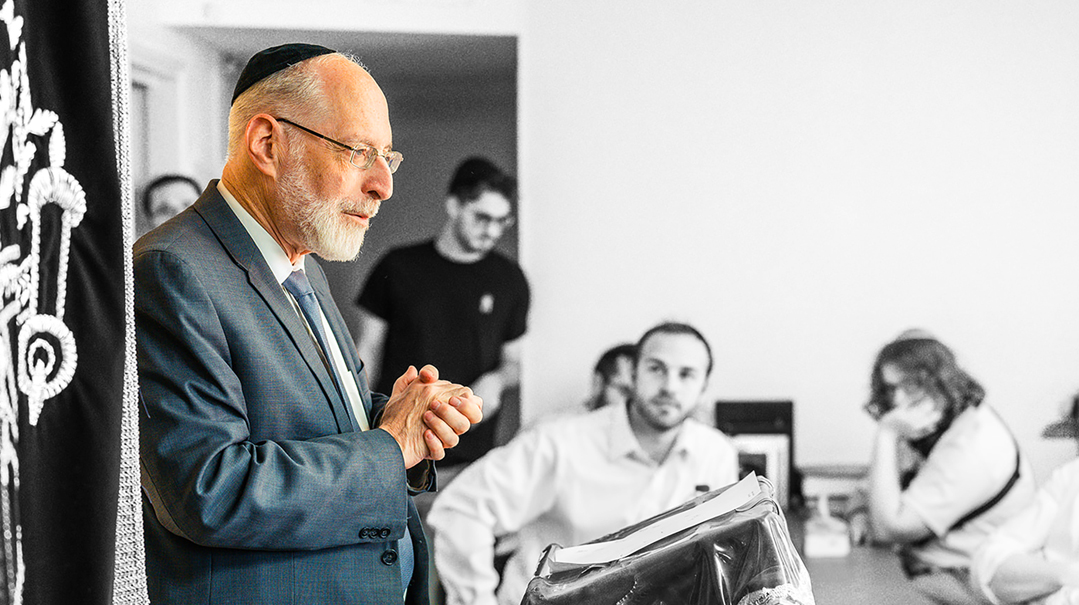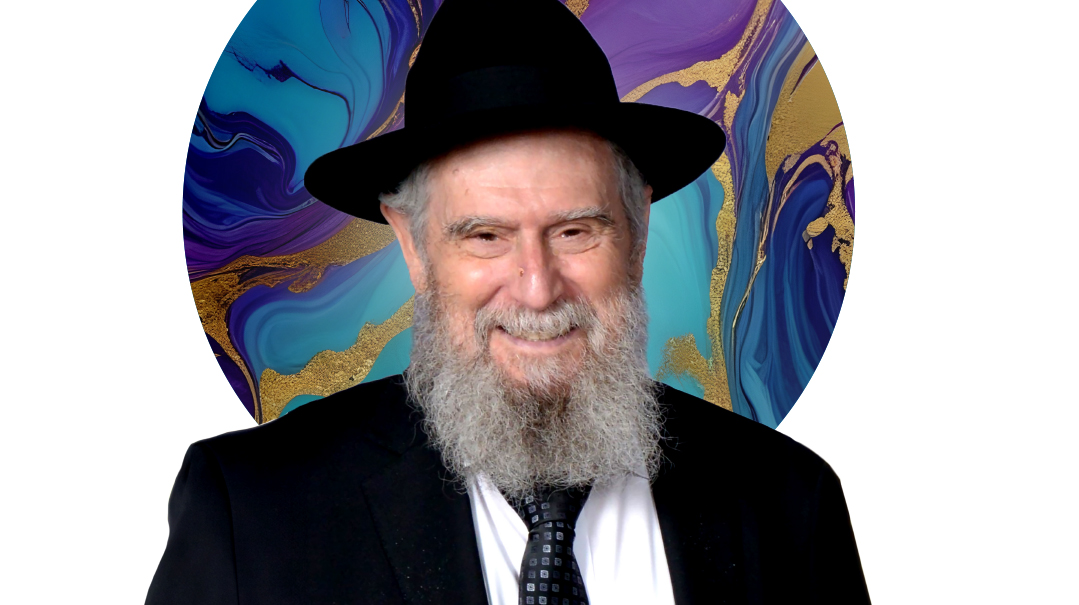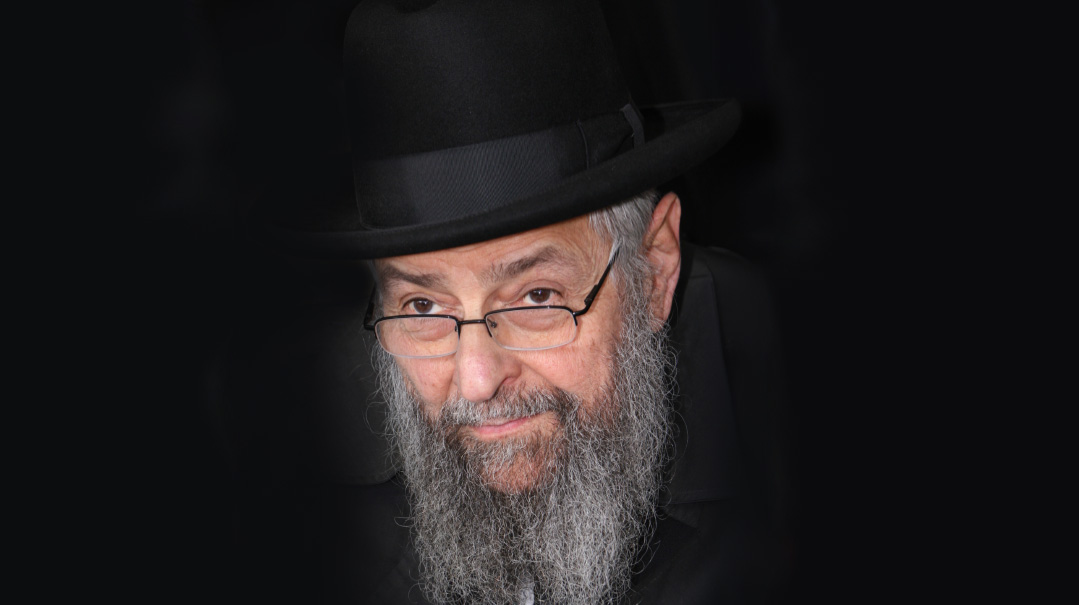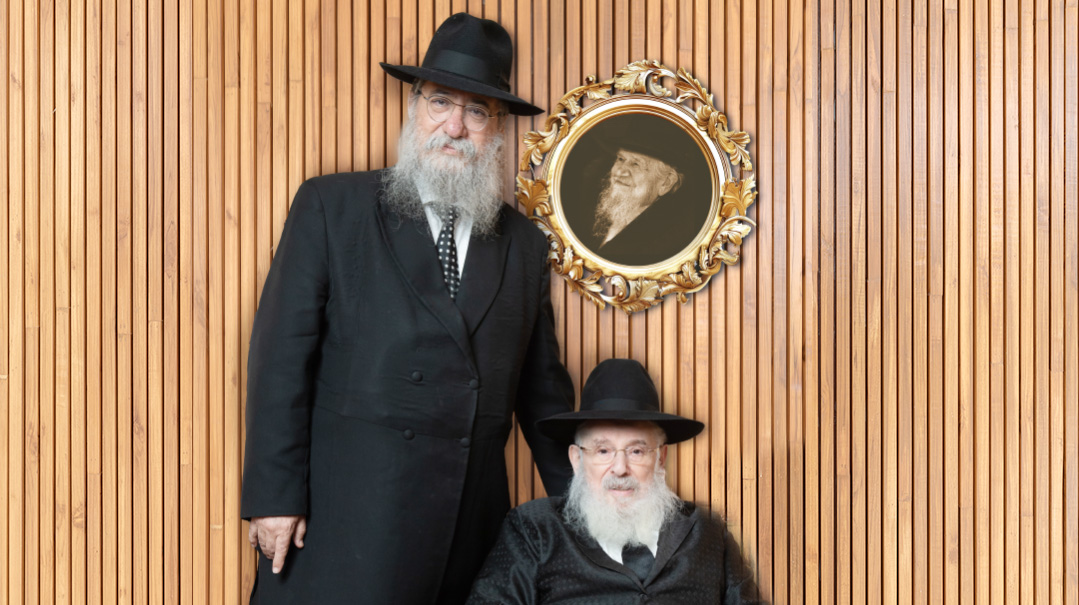Fighting Disease with Diet


“I looked at my family, looked at my career, looked at my whole future, and all I could think was, in one month, I’m going to be a lady in a wheelchair”
When Sylvie Green* was pregnant with her fourth child, she started experiencing a weird tingling in her hands and feet. They also felt numb, on and off. The doctor dismissed the pain as carpal tunnel syndrome and blamed the pregnancy for the numbness. But after she gave birth, Sylvie suffered a strange, burning pain in her lower back. This time, the doctor said it was shingles.
Sylvie believed him, until the day she woke up and couldn’t walk. “I swung my legs over the side of the bed, but there was this burning pins-and-needles feeling that I just couldn’t shake. As I dragged my feet across the floor, I felt like I was staggering through knee-high, burning sand. A few days later, the entire left side of my body was numb. This was not carpal tunnel, shingles, or pregnancy-related.” Sylvie went for an MRI.
The scan showed multiple lesions on her brain and spinal cord. At 28 years old, with four little kids at home, Sylvie was diagnosed with multiple sclerosis (MS).
The neurologist said her life expectancy was normal, but she’d become severely disabled. Sylvie went to a second neurologist, who told her she’d be in a wheelchair in 30 days. She went to a third neurologist, who shrugged and said, “You’re religious. You should pray.”
“I went home,” Sylvie recalls. “I looked at my family, looked at my career, looked at my whole future, and all I could think was, in one month, I’m going to be a lady in a wheelchair.”
The neurologists all offered her medications. There were a few to choose from, each with its own long list of possible side effects and risks. “Listen, it’s not a perfect system,” one neurologist told Sylvie. “Look at it like a toolbox. If this drug doesn’t work, we can always try another one.” None of the doctors could promise the meds would work; they gave them about a 40 percent chance of halting the progression. They all said there was no chance of regaining the abilities she had lost.
It was Sylvie’s husband who introduced her to research by Dr. Terry Wahls, showing how dietary and lifestyle changes can result in dramatic improvements in MS symptoms. “When he showed me the information, I laughed cynically,” Sylvie remembers. “But he begged me to try it, just for a few weeks, to see if it made any difference. I was facing a lifetime as a disabled adult — what did I have to lose?”
The Wahls Protocol
Dr. Terry Wahls had been practicing medicine for over 20 years when she was diagnosed with multiple sclerosis in 2000. “I used to run marathons, and climb mountains,” she writes in her book, The Wahls Protocol (Avery, 2014). “I used to feel invincible.”
She held the position of assistant professor at the University of Iowa and chief of primary care at the VA hospital, but this was an entirely new view of illness. Now, she was fighting for her life.
Her decline was swift: Within three years she had progressed from relapsing-remitting MS to secondary-progressive MS. By 2004, she was in a tilt-recline wheelchair. By 2007, although she managed to keep working, she spent most of her days lying down in a zero-gravity chair.
Conventional medicine was failing her.
As a doctor, Dr. Wahls had access to up-to-date medical research and the tools to extrapolate from her findings. In 2002, her neurologist recommended she take a look at the research of Dr. Ashton Embry, who had a son with MS. Dr. Embry’s work focused on the impact that diet could have on MS. As skeptical as Dr. Wahls was of “alternative medicine,” she quickly recognized that this was legitimate scientific research. Finally, there was hope.
In MS, as in all autoimmune diseases, the immune system mistakenly identifies its own cells as enemy cells, and the body begins to destroy itself. If someone has psoriasis, the immune system attacks the skin. With lupus, the immune system attacks the joints. In the case of MS, the brain cells are being attacked.
Dr. Wahls began to experiment on herself. The basic concept was to identify the nutrients that were necessary for healthy mitochondria, the “engine” that powers cells. That was the strategy: Take in the stuff that makes your cells healthy, avoid the stuff that makes it sick.
Eventually, she developed a long list of nutrients necessary for optimal brain cell function. She also identified factors that were triggering the mistaken autoimmune response. With all that information, Dr. Wahls designed an eating and lifestyle plan specifically geared to healthy brain function.
After three months on her new plan, Dr. Wahls no longer needed a wheelchair at work. She was able to walk from room to room to see her patients, using just a cane.
After six months, she could walk through the entire hospital without a cane.
On Mother’s Day in 2008, five years after she first got into a wheelchair, Dr. Wahls gave her family a gift: She rode her bike again.
Dr. Wahls immediately brought her new knowledge to her patients. Besides for medicine and surgical procedures, she began teaching them about the effect of diet and lifestyle on their health and diseases. In patient after patient, she watched symptoms improve or disappear, and the need for drugs diminish or vanish. People were regaining their lives.
In 2010, Dr. Wahls launched her first clinical trial and in 2011 was invited to give a TEDx talk about her journey. Dr. Wahls has over 100,000 “Wahls Warriors” who follow her program and support each other. “I still have multiple sclerosis,” she says, “but now I have my life back.”
Healing Food
There are two elements to the Wahls Protocol: giving your body what it needs to heal, and avoiding the things that make it sick.
The mainstay of the program is avoiding gluten, dairy, and sugar, eating nine cups of vegetables each day, and eating 9–12 ounces of protein each day. The “nine cups” must include three cups of leafy greens, three cups of sulfur-rich vegetables (such as broccoli, cauliflower, kale), and three cups of “deep color” produce. Deep color refers to the flesh of the fruit — the flesh of mangoes, for example, is colored; the flesh of apples is not.
The protocol includes three levels. The first level is easiest — “more of a getting-started program,” Dr. Wahls acknowledged in an interview with Family First. The second level restricts grains and potatoes and includes additional foods to eat, like seaweed and fermented foods. Dr. Wahls said that most people settle at the second level.
The third level is a ketogenic diet — meaning it restricts carbs so much that the body starts burning fat for fuel, similar to the well-known Atkins diet. “The ketogenic diet level is more challenging, but there are some who need to practice that level to maintain their health and abilities,” Dr. Wahls explains. “I myself practiced that level for two years. Now, I usually stick with it during the winter, but in the spring and summer I’ll add more fruits and vegetables.”
It took Sylvie six months to become fully compliant with the program at level two. But after only three months on the program, she noted that the burning and tingling in her feet had gradually disappeared. “I was able to walk normally again. At the 12-month mark, I was symptom-free.”
Not only had her condition not worsened, she had regained the abilities she had lost. “I was living my regular life, exactly as I had been before my diagnosis.” Sylvie never took a single dose of medication.
Long before the MS diagnosis, Sylvie was diagnosed with Hashimoto’s, an endocrine autoimmune disorder. For years, she kept monthly appointments with her endocrinologist, where he reviewed her bloodwork and tweaked her thyroid medication as necessary. The first month on the Wahls Protocol, the endocrinologist noted that he didn’t need to raise her dose. Sylvie wondered aloud if it could be related to what she was eating, but he laughed in her face.
He didn’t need to raise the dose the next month either. The third month he lowered it. Every successive month after that, he lowered it. “He still claims not to believe in the program,” Sylvie says, “but he told me not to go off it, either.”
Countering Skepticism
Sylvie’s endocrinologist’s reaction is not unusual. Doctors and patients alike usually approach the Wahls Protocol with deep skepticism.
That was also the reaction Dr. Wahls got when she began integrating her findings into the treatment of her patients. “My partners at the hospital were very concerned,” Dr. Wahls recalled. “I reviewed everything with the chief of staff, demonstrating that it was all science-based, and he supported me.”
She wasn’t content to rely on anecdotal evidence, though, and in 2010 started clinical trials, following scientific protocols. “At first, I encountered a lot of skepticism, but as scientific research catches up to the facts on the ground, the reaction has evolved to wow, this is brilliant. The wall is coming down.”
Like Sylvie, Ruthie Gluck* of Antwerp, Belgium, testifies to the effectiveness of the Wahls Protocol. “I was diagnosed with MS when I was only 25 years old. I have what’s called ‘relapsing-remitting MS,’ which means I was having MS ‘attacks’ that would last a few weeks and then subside. In between attacks, I felt basically okay, but each attack damaged my nervous system and I was slowly becoming more impaired. One attack destroyed the vision in one eye, although about 80 percent eventually returned. Another attack left me with a trailing leg. I needed to use an electronic foot stimulator, and I was embarrassed by how I walked.”
Ruthie tried a range of drugs and even several diets, “but nothing really helped until Hashem led me to the Wahls Protocol about five years after my diagnosis. I did so well on it that my leg stopped trailing, and I no longer need any assistive devices. The only impairment I still have is that my balance is a little off, so I can’t run.”
Dr. Wahls says that wherever she goes, people share similar successes with her. Some regain all their abilities, others just some. Has anyone ever told her that they followed the program and saw no results?
“Sure,” Dr. Wahls says. “People tell me that all the time: ‘I’m fully compliant but nothing is happening.’ But then when I talk to them, it turns out they’re not really fully compliant. They cut out gluten but not dairy, or they’re only having a little sometimes, or they’re not eating the nine cups. People have a hard time accepting that there’s a difference between 95 percent compliance and 100 percent compliance.”
That said, Dr. Wahls stresses that “obviously there’s no magic, one-size-fits-all cure for any condition, and I am careful not to claim that. The book was written with general guidelines that will benefit the general population.”
Since the release of The Wahls Protocol, the US National MS Society has shifted the conversation about MS treatment significantly. In a phone interview with Dr. Bruce Bebo, executive vice president of the research department at the National MS Society, he confirmed that the MS community at large is “embracing a much more holistic approach. We do have many good disease-modifying drugs that are dramatically reducing the inflammation associated with MS, but more and more of the medical community is thinking about exercise and diet, which in combination can have tremendous benefits for MS patients.”
According to Dr. Bebo, “there really is a gap in our knowledge of non-pharmaceutical approaches.” To fill that gap, money is being poured into research efforts around the country. The MS Society itself is currently conducting a study that compares the Wahls Protocol to the Swank Diet, a diet proposed in 1949 by Dr. Roy Laver Swank for the treatment of MS.
“There’s emerging evidence from controlled, rigorous scientific trials that some of these wellness approaches have benefits,” Dr. Bebo said. “We are making significant investments to accumulate that evidence so people can make informed decisions.”
The results from the current study are about two years out, he said. “Even then, we won’t know everything. We may know what the outcomes are — what benefits the diets did or didn’t create — but we won’t necessarily know the mechanism that caused that benefit.”
He offered his personal insight. “Often MS patients have other conditions, like heart disease or diabetes. It’s been shown that these comorbidities accelerate the progression of MS. So preventing those conditions is certainly beneficial. The impact of diet on heart disease and diabetes is very well documented. It’s still a jump to say diet directly affects MS, but diet definitely affects these comorbidities, and resolving these conditions will positively impact on the progression of MS.”
He adds that there’s really no risk in trying the Wahls Protocol or other diets that may be beneficial. “You don’t want to do anything that’s unhealthy or that could increase the risk of comorbidities. But experimenting with healthy diets and finding one that you can stick to — some of these are really hard to stick with — can only be beneficial. There isn’t really anything to lose.”
Dr. Wahls acknowledges that the scientific proof isn’t yet complete. “The more studies we complete, the more credible the medical establishment finds it,” she explained. This includes research about how the Wahls Protocol might help people suffering from other neurological diseases, such as ALS or Parkinson’s. The Wahls Foundation is in the process of applying for a grant for a scientific study testing the dietary protocol for ALS.
The anecdotal evidence is promising. Two years ago, Dr. Wahls was contacted by a man who had just been diagnosed with ALS. He had been given a life expectancy of four years. “He asked me to treat him with whatever tools we already have. It’s two years later now, and he is still well and active. He plays golf. He does have impairments; we haven’t eradicated the condition, but there is no doubt that the more we work and learn, the better we will be able to positively impact all areas of health and disease.”
Change, especially in the area of medicine, takes time. “But, if you suffer from MS,” says Dr. Wahls, “you don’t have time. Try it yourself. There’s so much potential for you to be living a wonderful, unlimited life.”
Climbing the Mountain
Sylvie is blessed with six beautiful children, two of whom were born after her MS diagnosis. “Those pregnancies were smooth and uneventful,” she recounts, “and I can care for my baby and run after my toddler and cook supper after a day of working, all while breaking up fights and mopping up spills, just like everyone else.
“In fact, I sometimes think I might feel better than everyone else. I have tons of energy and can go, go, go all day long without needing a break. When my eight-year-old was lazing around and grumpy at me for rushing him, he complained, ‘Don’t you have MS or something? Can’t you just slow down?’”
When Sylvie’s daughter was 11, she told her parents that instead of a bas mitzvah party, she wanted to go to Israel. “We took her to Israel, just my husband and I — the most amazing ten days of my life. Of course, we climbed Masada. When we were almost at the top I paused for a minute; I looked at my beautiful daughter, my wonderful husband, and down at the two strong, healthy feet I was standing on. A year ago, I couldn’t walk across the room; now, I climbed Masada. They told me I was going to be in a wheelchair, I thought. G-d saved me. I climbed the mountain.”
*Names have been changed.
Wahls Protocol
at a Glance
The Wahls Protocol is designed to deliver all the vitamins, minerals, and nutrients your body needs for brain health. Below are the three levels of the diet. (Note: These are bare-bones summaries — do not attempt to implement the program, which also includes lifestyle changes like exercise and stress management, without reading the book.)
Level 1 — The Wahls Diet:
- No gluten, dairy, or sugar
- Avoid eggs, nonorganic soy, MSG, chemicals, all trans fats, and all vegetable-based oils
- Do not eat microwaved food
- Eat nine cups of vegetables daily — three cups greens, three cups sulfur-rich vegetable, three cups colored (where the flesh itself is colored, not only the peel)
- Eat 6–12 oz. animal protein (meat, poultry, fish) daily
Level 2 — Wahls Paleo:
- Follow all the rules for Level 1
- Increase protein to 9–21 oz. daily. Include 12 oz. organ meat and 16 oz. fish weekly
- Reduce grains and potatoes to two servings weekly
- Add seaweed, algae, lacto-fermented foods, soaked nuts and seeds daily
- Avoid soy
Level 3 — Wahls Paleo Plus:
- Keep all the above rules
- Limit fruit to one cup per day. No apples, pears, bananas, dried or canned fruit, or fruit juices
- No legumes, grains, or white potatoes
- Reduce protein to 6–12 oz. daily
- Drink 14 oz. full-fat coconut milk daily or 5 Tbsp coconut oil. Have some at each meal
After hearing Sylvie’s story, I decided to see for myself what life is like on Dr. Wahls’s program. I could do anything for 60 days, right?
I immediately cut out the big three — gluten, dairy, and sugar. It sounds crazy hard, but the truth is, once you’ve cut out sugar, you’ve cut out almost everything with gluten too. Just to be clear, I cut out all sugar in any form, including “natural sugars” like honey, and artificial sweeteners. I also immediately started eating the nine cups. That wasn’t so hard, because by cutting out gluten, dairy, and sugar I basically cut out everything I ate. If I didn’t eat the nine cups and protein requirements, I’d starve.
I’m an all-or-nothing person and maybe I did it a little too cold-turkey, because I actually went into detox. Dr. Wahls cautions against this in her book. I got headaches, my skin turned terribly dry, and I had all kinds of weird aches and pains. That tapered off after a week or two, though.
It was all just a cool experiment, until I noticed something. You know that e-x-h-a-u-s-t-e-d feeling when you’re a working mother with little kids with not enough cleaning help and no sleep? I had accepted that exhaustion as an unavoidable part of life. But then it went away.
I was able to get up at 5:30 a.m. and go straight through the day without that I’m-going-to-crash feeling. My mind was clear. I had lots of energy, I felt alive. I actually had no idea it was even possible to feel this great.
As time went on, I incorporated more rules: no eggs, no MSG, no chemicals at all, organic produce, organ meat (I stuck with liver), eating soaked and sprouted nuts (yeah, that was crazy). I was never hungry. In fact, I often couldn’t eat the full nine cups — I was just too full.
The hardest part for sure was the oil rule: Because all oils denature at cooking temperatures except coconut oil, that’s the only oil you can cook or bake with. I hate coconut. But I did it anyway. By the end of 30 days, I was pretty much fully compliant with level two and flirting with level three. (I never made it to full compliance with level three. I couldn’t give up the fruit, and the coconut milk was too much for me.)
What did I eat every day? Every morning, I had a kale smoothie — two cups kale blended with one cup strawberries went a long way to my nine cups. I added nutritional yeast to fulfill the requirement for lacto-fermented food daily. Since I absolutely can’t tolerate fish in any form (worse than coconut), I added flax oil, too, for the omega 3 and 6. In the beginning, my kids would stand around watching me as I gulped down the green drink trying not to taste it, but after a while I got used to it. I found that adding pomegranate juice gave it a kick and turned it red. Psychologically that was easier than drinking green.
I’d never before eaten an avocado, now I was eating those single-serving packs from Wholly Guacamole daily. The lady who could stay pareve all Shabbos was eating fleishig every day. For lunch.
I’m a strong believer that chocolate is the most important of the food groups. Dairy chocolate was out (milk, sugar) so I switched to Schmerling’s 72% chocolate. Okay, it does have a little sugar. This was my only occasional cheat. After a few weeks I switched to the 85% (even less sugar). I love the intense chocolate flavor. The craziest thing was that when I switched back to the 72% one day, it tasted sweet to me. In fact, I became so sensitive, I was immediately able to tell if something I was eating had sugar in it. Fruits and vegetables also became much sweeter tasting to me.
What did I miss most? It’s funny, but I just wanted a “real” coffee: with caffeine, real milk, real sugar, and a fat slice of cake. But I adjusted to my decaf, almond milk, unsweetened version, and I enjoy it with Rorie’s gluten-free sugar-free banana muffins (I hide them from my kids, that’s how good they are). I know what it’s like to wake up and not feel human until you’ve had your coffee, but I was waking up totally human and ready to roll. Worth it just for that? You decide. But one thing I can say for sure to anyone with an autoimmune disorder: The diet may be extreme, but it’s definitely doable.
(Excerpted from Family First, Issue 591)
Oops! We could not locate your form.







